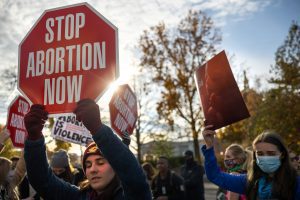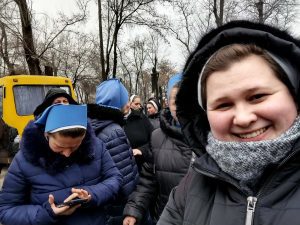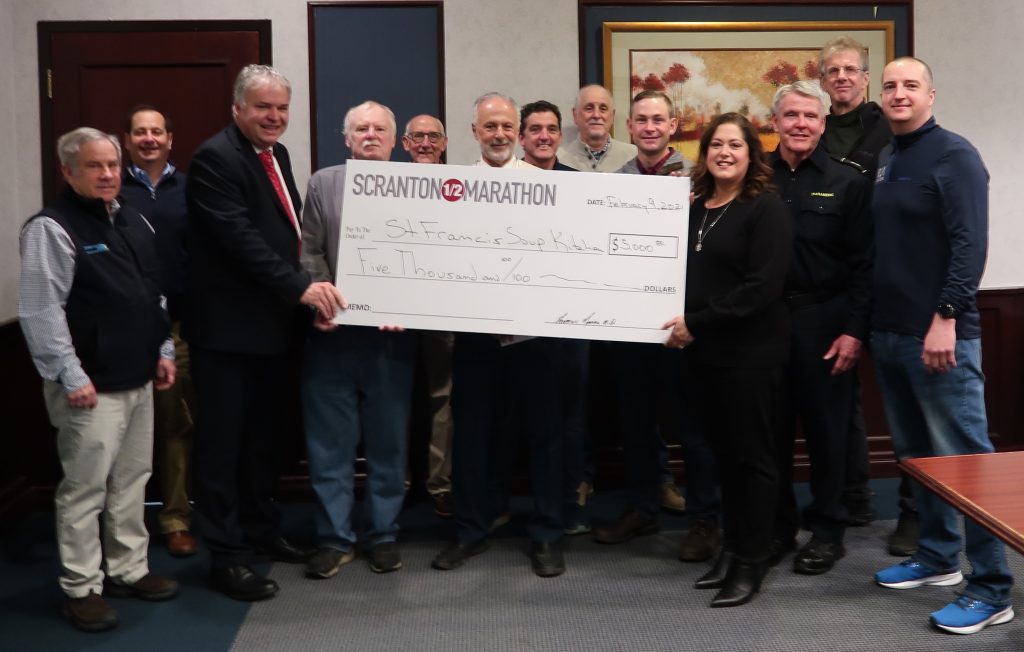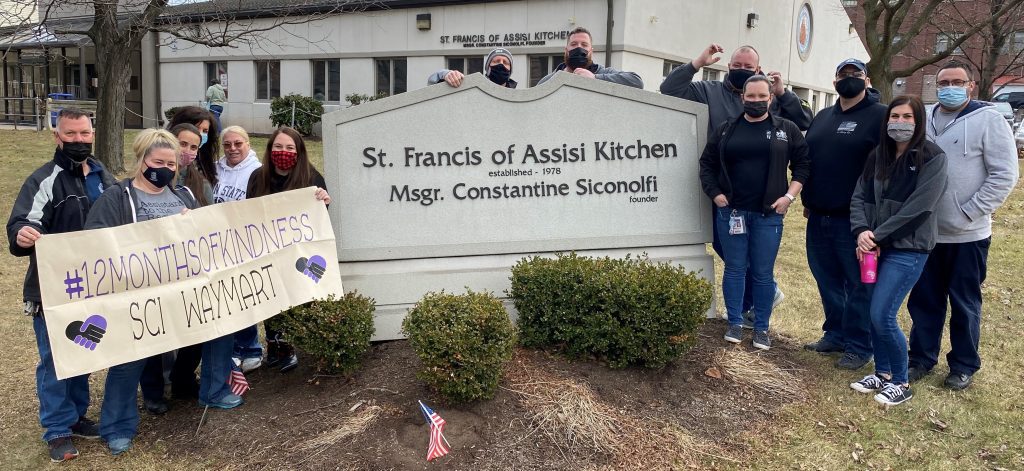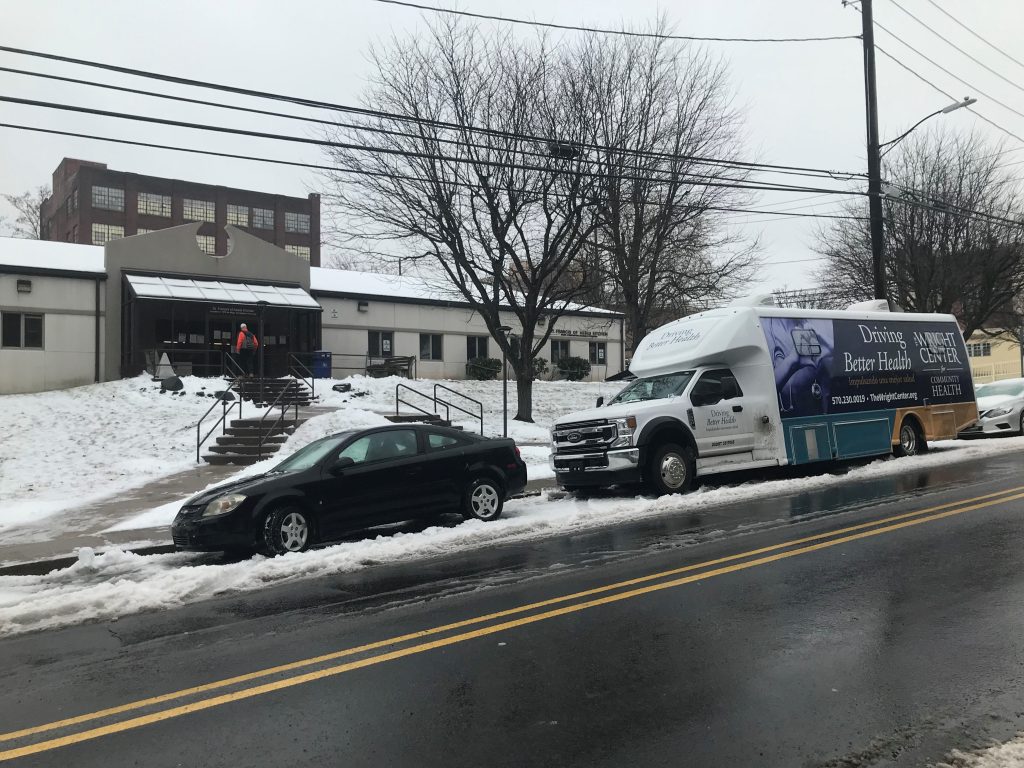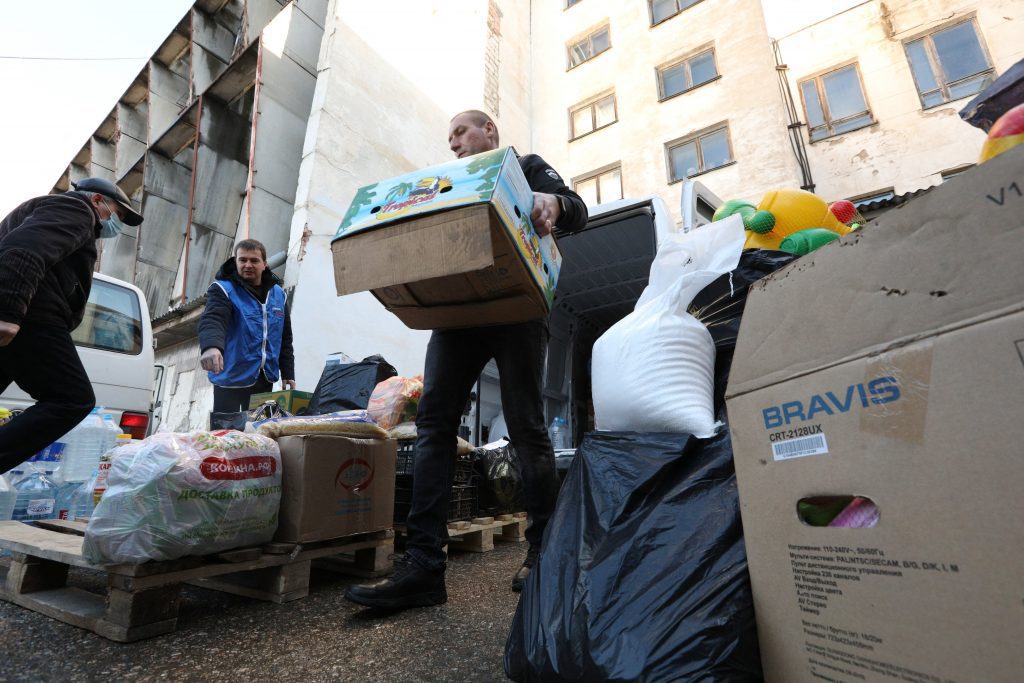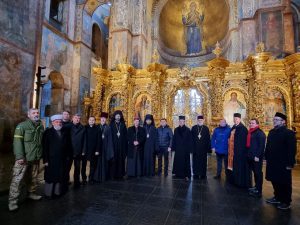
KYIV, Ukraine (CNS) – Religious leaders gathered in St. Sophia Cathedral to pray as the city was being shelled with Russian rockets.
They prayed to God to protect Ukraine from the Russian occupiers, stop the bloodshed caused by the war and protect Ukrainian cities, reported Religious Information Service of Ukraine. They also prayed for the men and women defending their country.
The All-Ukrainian Council of Churches and Religious Organizations organized the prayer event, “Address to the Almighty for the Protection and Preservation of Ukraine,” March 2 to coincide with a global day of prayer for peace called by Pope Francis. Catholic, Orthodox, Armenian, Protestant and Muslim leaders participated.
The religious leaders also prayed for their president, a strengthening of Ukraine’s military and civilian volunteers and for a complete victory in defending Ukraine’s independence, sovereignty and territorial integrity.
“Through the power of our common prayer, the Almighty Lord will protect the Ukrainian people from the war, will stop the Russian aggressor and administer his fair justice over the evil that he commits,” they said, adding that they were confident that, with God’s help, the Ukrainian people would cope with the current challenge, protect their statehood, sovereignty and territorial integrity.
“We pray especially for the defenders of Ukraine — men and women, as well as everyone who, through conscientious work, volunteer initiative and responsible citizenship, strengthens the defense capability of our state. Let us unite and preserve our faith, peace in our hearts, and confidence that the Almighty is on the side of those who are being wronged, and therefore these trials only strengthen us for victory,” they prayed.
On March 2, leaders around the world responded to Pope Francis’ call to unite in prayer for peace in Ukraine.
The Ukrainian Catholic Church planned to broadcast a seven-hour prayer telethon to coincide with the seventh day of the war. The vigil was to include prayers and traditional Eastern Christian hymns and end with the rosary led by Archbishop Sviatoslav Shevchuk of Kyiv-Halych, major archbishop of the Ukrainian Catholic Church.


